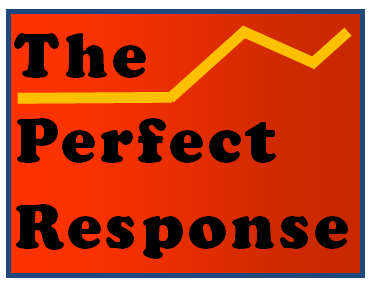This is a good time to draw upon our own sense of agency to remember what matters.
The Presidency and momentous social issues that pass through the meat-grinder of national politics can leave a person exhausted. We tend to identify first with close friends and family, followed by figures and characters presented via television, and sometimes even through publishing. Make no mistake, even Harry Potter is his own kind of public property. Faithful readers have been him, and he is theirs.
Elections have a way of reminding us what can happen when we attach significance to a figure who is made to stand for our aspirations and, in some cases, our loathing. In my age and occupational bracket some of the figures that still loom large are JFK, Eugene McCarthy, Martin Luther King, Julian Bond and Barack Obama. We tended to see their victories as our victories; their causes (mostly) as ours as well.
Europeans are generally more cautious about investing too much emotional energy in national figures. That’s why some still have royal families. But Americans tend to want our politicians to be public celebrities they can love. We want to experience the mostly fantasized presumption of parallel lives, values and experiences.
But recent research funded by the health system, Kaiser Permanente suggests that the price of political identification can be too high. They found elevated instances of heart attacks and strokes surrounding traumatic national events like our national elections or the attacks on the World Trade Center. Anger, anxiety and depression seem to be the mental health conditions that trigger the destructive mind-body connection. I suspect these elevated rates of serious and sudden illness also have a lot to do with the saturation coverage of cable and broadcast news, which present elections as referenda on who has been elevated to be among the ‘chosen’ Americans. For African Americans and many women, for example, the nation’s surprising support for Donald Trump feels like a national betrayal.
![]()
Your judgements about your own self-worth should be understood in terms of the places and people who benefit from your influence.
Without getting too woolly, It is times like these when it makes sense to check in with yourself: what you believe, what really matters, and how you have positively affected others. What are the reasons that explain why you are more than an object on the planet taking space? If your candidate won, you have the luxury of taking an expansive view that allows the belief that much of the nation embraces your values. But if a favored candidate was rejected at the polls, it is a good time to remember to put yourself front-and-center. Your identity is the sum of a long biography that should matter. That is not changed by an election or the actions of anonymous individuals who may be 1500 miles away. And your known persona continues as before, through contacts and memories of acquaintances.
Surely our own sense of agency should be robust enough to stand alone. We should expect more from ourselves than to live vicariously through a public figure we hardly know.
![]()


